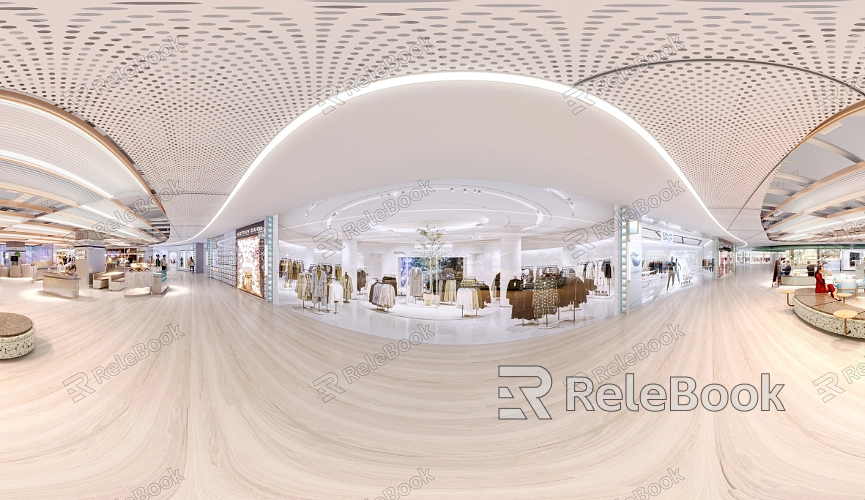What tools can I use to remove text from HDR textures
Using HDR textures enhances the lighting and detail of a scene. However, designers often face the challenge of needing to remove unnecessary text or logos from these textures. This is particularly common in the creation of virtual reality environments, game assets, or architectural visualizations, as original HDR textures may contain copyright information or unwanted branding that detracts from the final render. Below, we will explore several effective tools and techniques to help designers address this issue.

Photoshop
Clone Tool: The Clone Tool allows for easy coverage of text. You can select nearby pixel areas to copy and cover the text, ensuring a seamless blend.
Healing Brush Tool: This tool intelligently fills in the area based on surrounding pixels, making it suitable for complex backgrounds. Adjust the brush size to fit the text area and use it carefully to ensure a natural integration.
GIMP
Healing Tool: GIMP’s Healing Tool functions similarly to Photoshop’s, helping designers repair and remove unwanted elements effectively.
Clone Tool: By selecting an appropriate source point, GIMP's Clone Tool can efficiently cover text, with operation steps similar to those in Photoshop.
Affinity Photo
Content-Aware Fill: Affinity Photo offers a content-aware fill feature that analyzes the surrounding environment and automatically fills the space left by the removed text, making it perfect for quick edits.
Clone and Healing Tools: These tools can also help designers accurately edit images, ensuring that the repaired areas appear natural and seamless.
Inpaint
Automatic Repair: Inpaint is specifically designed to remove unwanted elements from images. Simply select the area you wish to delete, and Inpaint will automatically fill it in.
User-Friendly: This software has an intuitive interface, making it suitable for beginners and helping save time.

TexturePacker
Texture Merging: While primarily a tool for texture packing, TexturePacker can help avoid including text areas by reselecting and merging multiple textures.
Material Optimization: By selecting appropriate textures and layouts, you can ensure that the final materials are not compromised.
Blender
Image Editor: In Blender’s UV Editing mode, designers can directly edit HDR textures, using image editing tools to remove text.
Node Editor: By setting up nodes, you can blend textures to cover areas with text, creating a new texture effect.
This article explored various tools and techniques to assist 3D modeling and rendering designers in effectively removing text from HDR textures. By utilizing Photoshop, GIMP, Affinity Photo, Inpaint, TexturePacker, and Blender, designers can select the right tool based on their needs, ensuring that the final render maintains professionalism and aesthetic appeal. These techniques not only enhance workflow efficiency but also guarantee that designers showcase the best details and quality in their work.
If you’re in search of high-quality HDR image resources, 3D textures, SketchUp models, or 3ds Max models to download for creating models and virtual scenes, Relebook is an excellent resource. Downloading textures and models from Relebook and importing them into 3D Max can significantly elevate the quality of your work.

